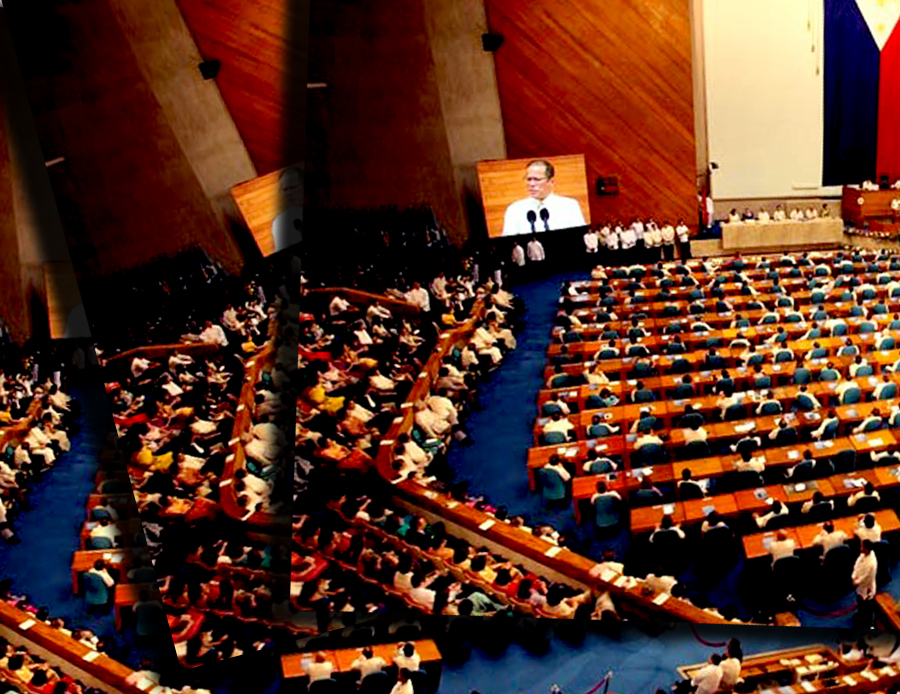By Beatrice Anne Malveda and Pathricia Ann Roxas
Be it climate change or the normal tantrums of Mother Earth, the country has been getting more than its share of calamities since time immemorial.
Situated along a typhoon belt and the Pacific Ring of Fire, the Philippines is a pre-selected target to earthquakes and volcanic eruptions, more vulnerable than most of its counterparts. Sitting on a crucial region makes it a sure alleyway for an average of 20 typhoons every year.
Apart from the given, the Philippines also suffer from man-made problems, causing higher numbers of disaster casualties and greater damage value. Inadequate facilities and poor disaster preparedness lead to an instant mass graveyard. The continuous existence of poverty and corruption for instance not only translate to financial constraints on part of the government but also have cultural and illiteracy implications.
When Typhoon Sendong took more than a thousand lives two years ago, most residents underestimated the gravity of what was to come. What the Philippine government seemingly fail to realize is that no amount of preparation done just days before could withstand a strong typhoon, given the current infrastructure. If the country’s money has and is being used wisely instead of filling the pockets of politicians from one administration to another, the government could have long funded the construction of new roads, houses, commercial centers and airports. Such realities and conditions prove, as experts say, that Philippines will never be disaster-proof.
This 2013, a longer list of calamities that wrecked a nation and its people, tougher than usual, has only proven that the odds remain not in favour of the Philippines.
The year was welcomed by a number of weather disturbances which affected Mindanao. According to a Rappler report, an average of one typhoon every two years visited Mindanao between 1945 and 2010 as stated by the Manila Observatory (MO). Right after Typhoon Pablo (Bopha) claimed 1,067 lives and 834 people missing before 2012 ended, the first three typhoons of this year, Auring, Bising and Crising, caused storms signals to be raised in the region.
On the other hand, 222 people died from a 7.2 magnitude earthquake that hit the Southern Philippines on October 15. The quake left eight people missing and 976 injured. Famous historical landmarks and tourist spots, mostly churches, were also destroyed by the earthquake. According to the National Heritage Society, some of the national treasures that fell to the force of the quake were Basilica Minore del Santo Niño in Cebu and San Pedro Apostol church, the second oldest church in Bohol built in 1602.
But the worst is yet to come when on November 8, Super Typhoon Yolanda (Haiyan) made its landfall on Central Philippines. The Philippine Atmospheric, Geophysical and Astronomical Services Administration (PAGASA), together with other concerned organizations, monitored the upcoming threat – but just as some journalists put it, no one is ever prepared for the kind of power the killer typhoon could bring.
Yolanda, driven by its ferocious winds and heavy rainfall, ripped the country causing massive devastation across the islands of Visayas. In an instant, the once progressive and lively island of Visayas turned out to be a stretch of devastation and sorrow.
The typhoon left at least 2.6 million families in 44 provinces mourning over their loved ones killed by the typhoon’s unprecedented power. The National Disaster Risk Reduction and Management Council (NDRRMC) reports that the death toll rose to 6, 092 not to mention the other 1,779 missing and 27,665 injured in Yolanda’s wake.

On a number of counts, Haiyan could be the biggest and the strongest cyclone ever observed in the world. It affected mostly poverty-stricken communities, worsening further their already feeble conditions.
Despite myriad exposure to disasters over the decade, the Philippines remain in the top five most disaster-hit countries, according to the Center for Research on the Epidemiology of Disasters (CRED). But the government’s efforts on uplifting the country’s stability proves insufficient, given the fact that the these disasters have worsen the nation’s unfortunate status quo.
The aftermath of Yolanda highlighted inaction and incompetence of national and local government officials – the survivors amassing more help from the international community. Four out of 15 million families affected by Typhoon Yolanda were left displaced with no sign of a future not only nature ripped away from them, but by a government whose efforts remain wanting.
In his fourth State of the Nation Address (SONA), President Aquino announced the achievements of his administration in terms of disaster preparedness. Aquino said the Department of Science and Technology (DOST) has started geohazard mapping last year and will develop it more in 2014 to “accurately identify high-risk areas.” Project NOAH of DOST has also built 525 automated water level monitoring stations and automated rain gauges in 18 major river basins of the Philippines. He also stressed the importance of technology and high-tech equipment that his administration is gradually capitalizing on. Flooding problems in Metro Manila are also being addressed.
While PAGASA showed improved vigilance in warning target communities, residential houses, evacuation centers, commercial areas and other important infrastructure, such as airports, remain vulnerable and incomplete for disasters. In Typhoon Yolanda/Haiyan, remote affected areas have little to no immediate access to relief goods because of the distance of the Tacloban airport. The whole region was wiped out by the typhoon because of poorly constructed houses, the international community would say; and what the government could have reconstructed years before.
The alarming threats to climate change only stresses the need for a more efficient disaster management, more than just pointing fingers.
Many families will be capping off the year without loved ones or a roof on top of their heads in the holidays. But every day is a constant challenge to rebuild life, with hard-earned strength and the littlest spark of hope to rise from the rubbles. The year 2013 has so far welcomed the toughest of calamities than recent years. Much worse is yet to come if the government and its people fail to assert the alarming need for proper disaster management. Everything will remain if what can be changed stays the same.


